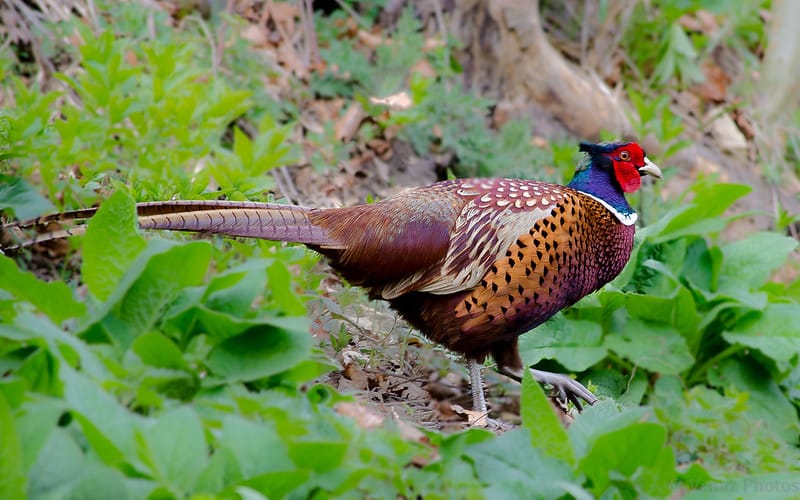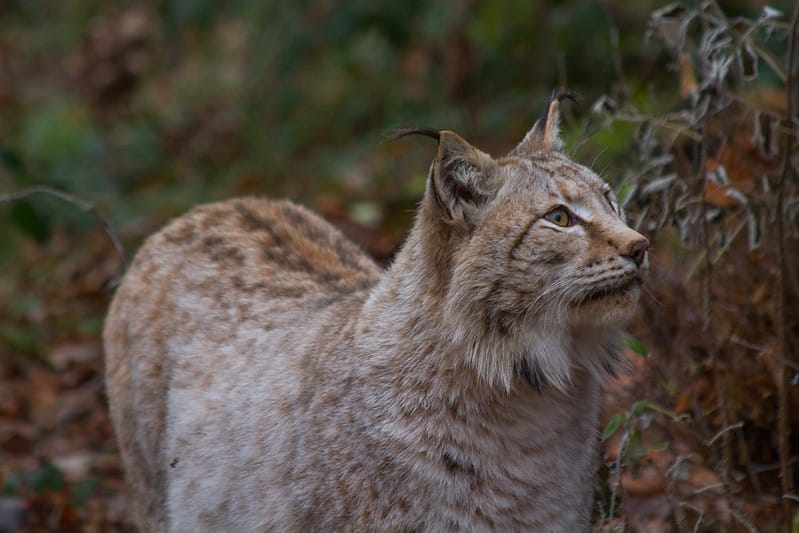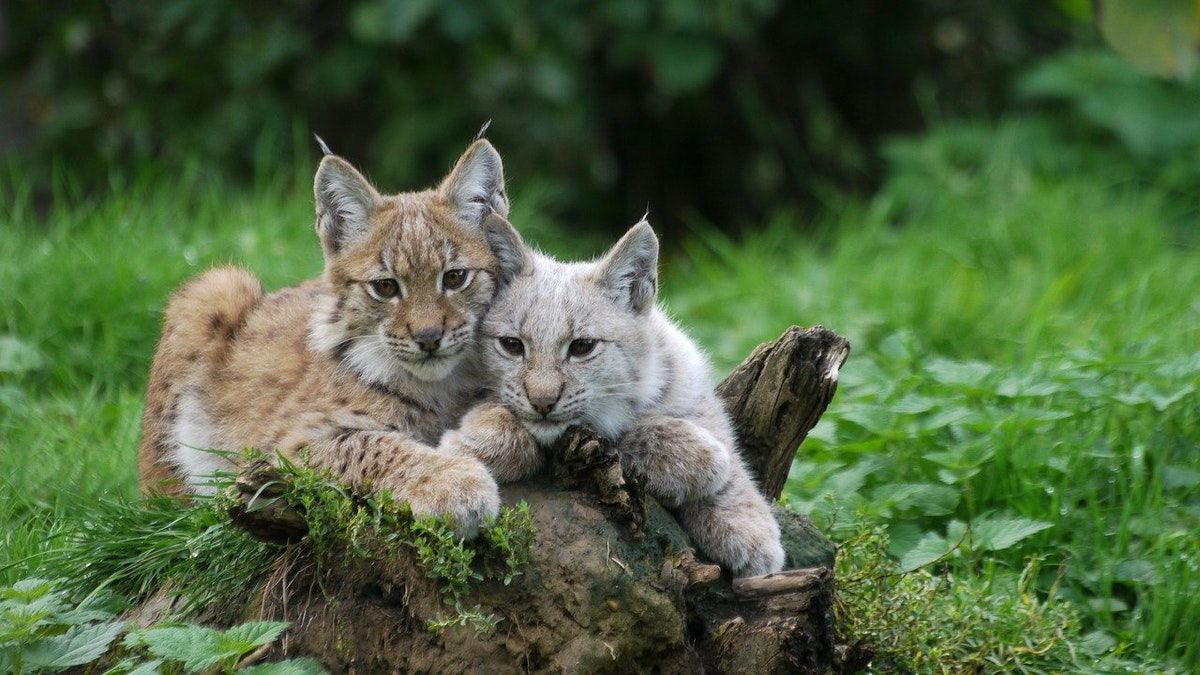
Lynx Reintroduction & Golf Club Ponds
The latest news on nature and conservation in the UK.
National news
Lynx | Conservationists have launched a year-long study to survey the level of support support for the possible reintroduction of lynx into the Scottish Highlands, reports the Guardian. “A prerequisite for any discussion over lynx is we need to know the Scottish public are in support of this and would tolerate this,” according to Pete Cairns, director of one of the groups leading the project. There are certainly some objections at present, most notably from farmers who fear that the predators could harm their livestock. The news was also covered by the Scotsman and the Independent, while the Times (and, indeed, Tatler) took a different angle, focusing on the two billionaires backing the project, Anders Holch Povlsen and Lisbet Rausing. The Telegraph concentrated on how lynx could help to control deer populations.
Birds | Woodland birds in Scotland have recovered from a short-term decline linked to the ‘Beast from the East’, according to the latest statistics from NatureScot. The long-term trends for woodland birds were also positive, with an increase of 59 percent between 1994 and 2019, reports the BBC. Numbers of farmland birds also increased by 14 percent over the same period, though upland birds declined by more than 45 percent due to factors including climate change, forest expansion and changes in management practices around grazing and predator control.
Walkers | Crops are being damaged by people attempting to avoid getting muddy on their lockdown walks, reports the BBC. Farmers have reported seeing public footpaths widen and eat into their fields, which they say is affecting their businesses. But Jake Fiennes, head of conservation at the Holkham estate in Norfolk, believes that farmers need to do more to educate the public about the damage that they are causing, reports the Eastern Daily Press. "I see farmers doing their old impression of 'keep off my land' rather than explaining this is food production - I feel we can do things better," he said.
In other news:
- MPs have warned that allowing a new coal mine to be constructed in Cumbria will undermine the UK’s leadership of COP26, reports the BBC.
- Scotland has a new police officer devoted to tackling wildlife crime, reports the Herald.
- The Climate Change Committee has warned that the Scottish government is likely to miss its climate targets, reports the Courier.
- The death of a wildcat kitten from pneumonia has prompted a huge fundraising effort for the species’ conservation, reports the Scotsman.
Across the country
Cotswolds | Natural England has designated the Cotswold Water Park as a Site of Special Scientific Interest – a protection that will cover all of its 177 lakes. The park was created as a result of mineral mining across Gloucestershire, Wiltshire and Oxfordshire, and, according to the agency, is a “leading example of how people and nature can thrive side by side” – it provides a home for birds such as little egrets and nightingales. The news was covered by Gloucestershire Live and ITV. I visited the park on a whim while on holiday last year; I didn’t see any rare birds, but I did learn to paddleboard.
Newcastle | Ornithologists fear for the survival of one of Newcastle’s colonies of kittiwakes after netting was installed over their last nesting location on the Ferry Mews building. This will prevent birds from being able to land when they return in late February and March, reports the Chronicle. "As the council, it’s not within our powers to take action here as the use of netting as a deterrent is not illegal as long as it is installed before any nest building,” according to a North Tyneside Council spokesman. “This is a private building and it is the responsibility of the property owners to ensure that any netting does not result in any harm to local wildlife."
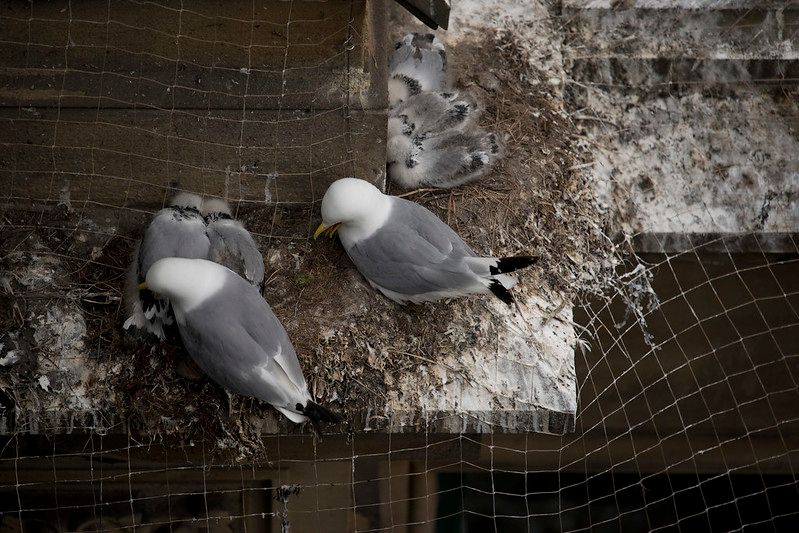
The other Newcastle | In County Down, residents have planted a community orchard on the grass verges of a housing development, including 30 fruit trees and more than 500 bulbs, reports the BBC. The land had been difficult to maintain; but the project is also aimed at maintaining relationships that were forged during the lockdown. “As winter approached, and people were moving back to offices away from their local area, we feared we may lose that community spirit,” said one resident. "So a bunch of us got together within the Covid guidelines and thought: What is something simple we could deliver that brings people together?"
Elsewhere:
- A community woodland, planted by children in North Yorkshire, faces the axe to make way for a new bottled water facility, reports the Independent.
- Dewsbury tip has a new employee: a falconer. The lanner falcon has been brought in to scare off seagulls, reports the Yorkshire Post.
- Natural England is investigating the disappearance of a hen harrier, which was last located on a grouse moor in the Yorkshire Dales in September 2020.
- The RSPB is concerned that a proposed wind farm near Stornoway could harm birds including hen harriers and white-tailed eagles.
- Plymouth’s first beaver in 400 years has gained a female companion from Scotland, reports the BBC.
- A greater horseshoe bat has been found in Kent for the first time in a century, reports Kent Online.
Reports
Farming | Defra has published its latest quarterly report on the trials that it’s running as part of the government’s new Environmental Land Management Scheme, which will help to determine the future of farming in England. The most interesting section is around how farmers are paid for the public goods they provide: results-based payments appear to be more popular than payments based on lost income, but there is concern that external factors like climate change, for instance, could pose a risk under such a mechanism.
Forestry | A new report prepared for Scottish Forestry has attempted to quantify the natural capital benefits of planting new woodlands – in other words, the financial benefits provided by not only timber but also CO2 removals, flood alleviation and biodiversity. The research focuses on a particular woodland, near Newcastleton, and found that its key future benefits would be worth around £20 million over the next 50 years.
Science
Amphibians | A new study, led by researchers from NatureScot and Scottish Natural Heritage, looks at the most effective way to build ponds to encourage diverse populations of amphibians. What’s particularly interesting about this paper is that it focuses on how best to engage with landowners – including farmers, foresters and a golf club – when persuading them to build ponds on their land. It found that relationships and the respect of local stakeholders was key. While it was difficult to persuade the golf club, the authors write, “the club professional, a local man who remembered catching newts as a boy, was able to persuade members that a new water feature would benefit the game, without adverse impacts on site management.”
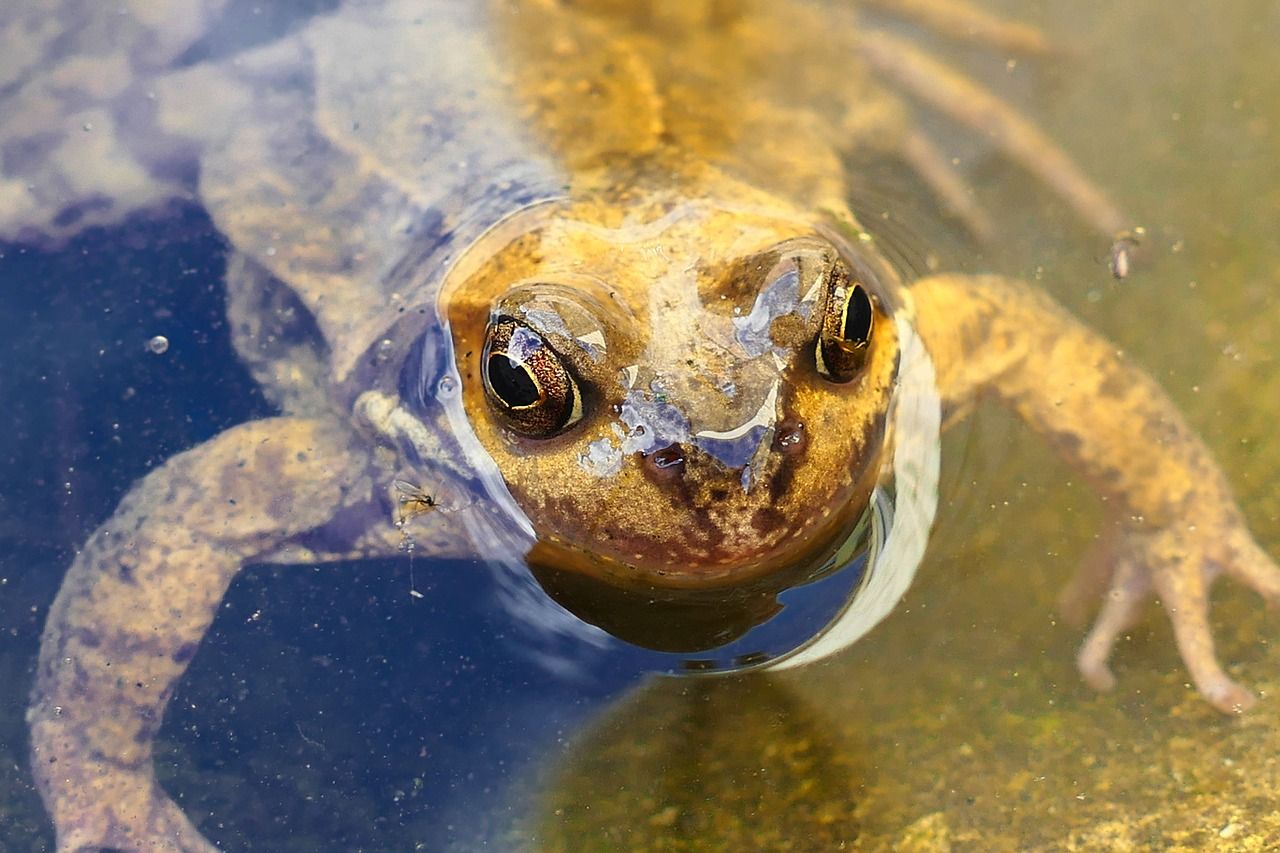
Bees | I spotted two recent studies about bees this week. One was published at the end of last year, and looks at how bumblebees are affected by the availability of late-summer nectar on farmland in the UK. It highlights the importance of timing to prevent a “hunger gap”, and how management regimes can encourage later flowering; the authors have written a blog explaining their findings. The other study looks at how changes in agricultural intensification, crop use and the spread of invasive species have altered the nectar and pollen sources available in the UK; the findings were covered by the BBC.
Pine | A new study by researchers at the University of Stirling looks at the impact of drought on Scots pine, which is the cornerstone of Scotland’s Caledonian pinewoods. It found that, after the trees have been through a dry period, they undergo a period of “catch-up”, where they grow faster than before. “If this mechanism is more widespread in other species and locations, it could have profound implications for the estimated loss of carbon and wood that we currently ascribe to extreme drought events globally,” explained the author in a blog.
Driftwood
Peat | An interesting article in the Conversation by Ian Rotherham, a professor at Sheffield Hallam University, looks at the history of Britain’s peat bogs in light of their potential to sequester CO2 and help tackle climate change. “With so much demand on the land, from growing food, to building houses and generating energy, it’s tempting to ask why we should make room for peatlands. But peatlands once provided all of these things and more,” he writes. “Recasting them as an ally in the fight against climate change only scratches the surface of their future usefulness.”
Farming | The RSPB has an update on the future of Scotland’s Agri-Environment Climate Scheme (AECS), which had been under threat: the good news is that the scheme will reopen this year, but the bad news is that the funding remains precarious. “By not fully reopening the scheme some farmers and crofters will be cut adrift from receiving the vital funding needed to deliver for nature and climate,” according to a blog. “The stricter criteria for applicants will mean that some land currently managed in AECS will drop out of management when contracts end, with negative consequences for the species and habitats protected through it.”
National Parks | A feature in Countryfile looks at whether cars should be banned from National Parks. It’s a topic that has garnered more attention since COVID led to reams of tourists driving to beauty spots, clogging up places like the Lake District. The irony is that bus services are only getting worse. In this well-researched article, writer Andrew Griffiths looks at some of the ways in which people can be coaxed from their vehicles.
Further reading:
- It’s not just about road verges; the Centre for Ecology & Hydrology is working to map the important habitats alongside the railway network.
- Environment Agency chair Emma Howard Boyd has given a speech about locally-led climate adaptation.
- Environment Minister Rebecca Pow has set out her vision for the UK’s seas.
- A new nature-themed series of Ladybird books will soon be hitting the shelves, updating the old classics for modern times, reports the Guardian.
Happy days
Photography | This photo series in the Eastern Daily Press has given me a newfound appreciation for mudflats. These aerial images show the extraordinary tree-like patterns that emerge as the water cuts through the land with the tides. The photographer, Mike Page, is 81 years old and has been photographing the landscapes of Norfolk, Suffolk and Essex from the sky for half a century.
Image credits: jaclyn928, Conor Lawless, Inspired Images
Subscribe to our newsletter
Members receive our premium weekly digest of nature news from across Britain.
Comments
Sign in or become a Inkcap Journal member to join the conversation.
Just enter your email below to get a log in link.


